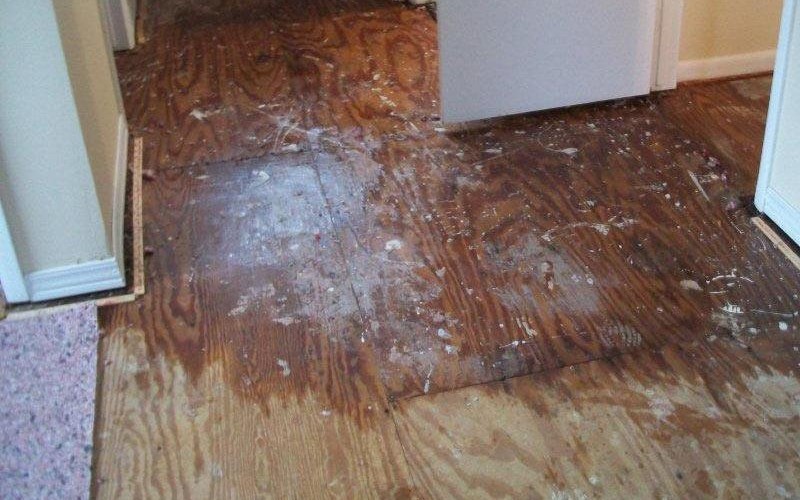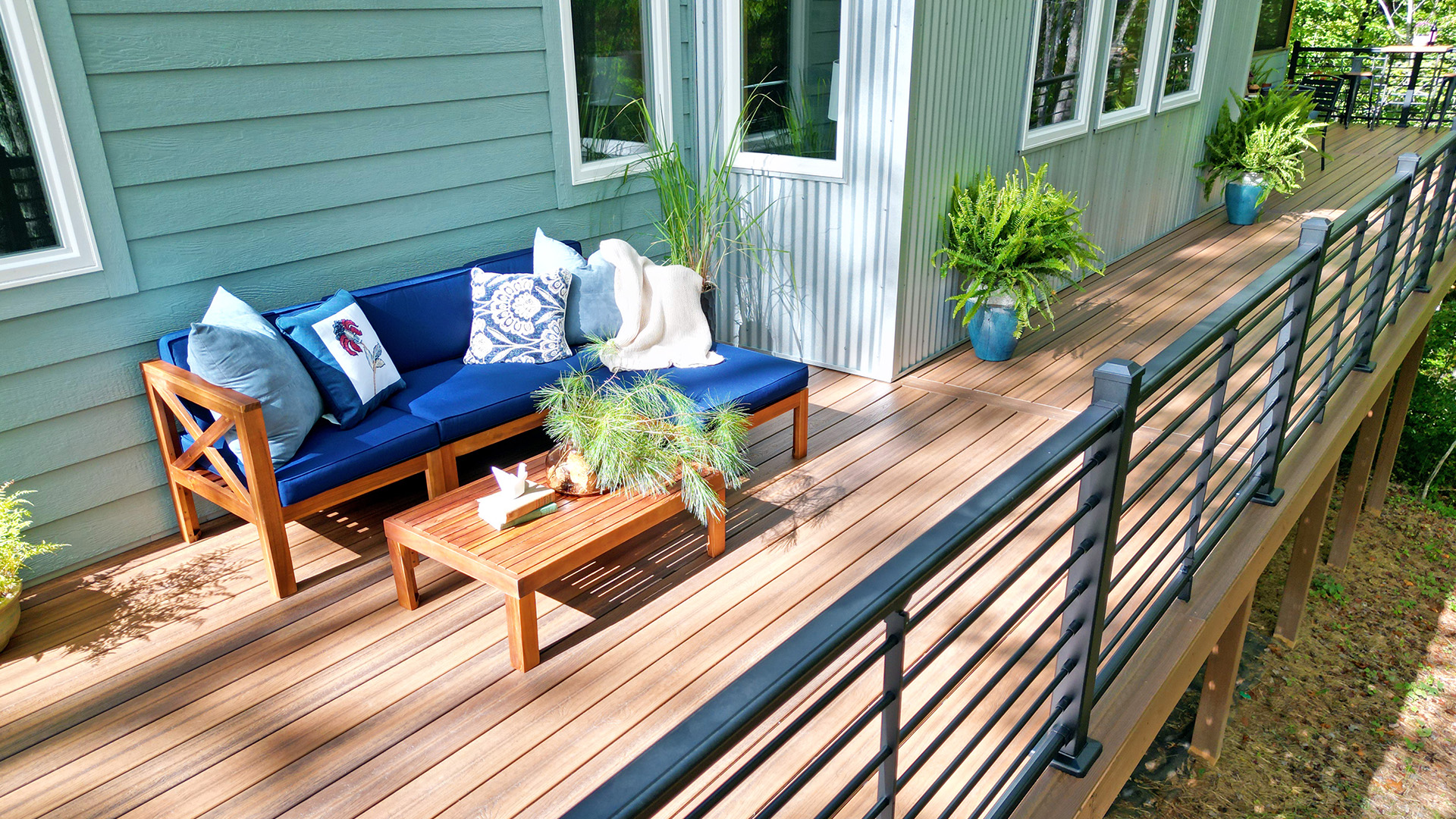Water damage is one-of-a-kind because it can damage what lays underneath your floorings, walls, as well as ceilings without leaving any indicator. As soon as you tidy up the standing water or damp location of your house, you may think you are finished.
Water seeps in following the path of least resistance. Any kind of architectural weak point such as damaged roof shingles splits in the walls, and even nail openings will allow water in.
A number of us have basements due to the danger of extreme weather, as well as tornadoes. Basements are amongst the most generally harmed parts of your residence by water.
When your basement leaks, you can shed pricey devices like hot water heaters, as well as furnaces. Kept devices, as well as belongings, can likewise be harmed when water leaks right into our basements.
WATER DAMAGE WILL OCCUR
If water pools in opposition or enters your house, it is going to cause damage. There’re safety measures you must take that will decrease the threat. These precautions might help; however, water damages will still take place. No quantity of safety measures will fully protect your home from water damages. Because you cannot totally avoid water damages, what takes place after your residence has been water harmed? If you want to do water damage restoration columbus oh, please visit the flood cleanup professionals. If you want to do water damage restoration marco island fl, please visit the flood cleanup professionals.
If you want to restore your flood damage, please visit the flood cleanup professionals.
WATER DAMAGES WARNING SIGNS
If you have had water seep into your house, leak through your roofing, or even pool on your floor, your problem has just started. As a liquid, water easily takes a trip throughout as well as via what it touches.
If you see standing or trickling water, the damage is being done beyond what you can see. Water can deteriorate drywall and will trigger staining. This is due to minerals moved by the water.
These stains can show up where there is no other indicator of water damages. This suggests water is moving around that you can’t see.
Dampness on furnishings or extreme dampness in the air can indicate that you have more substantial water damage than you might assume. As water is taken in by timber, insulation, and other common household structure materials, they become wet.
Slow-moving seepage of water can be invisible to your eye. If you notice a damp area on your dampness or floor in your cellar, you may need to locate a repair specialist.




